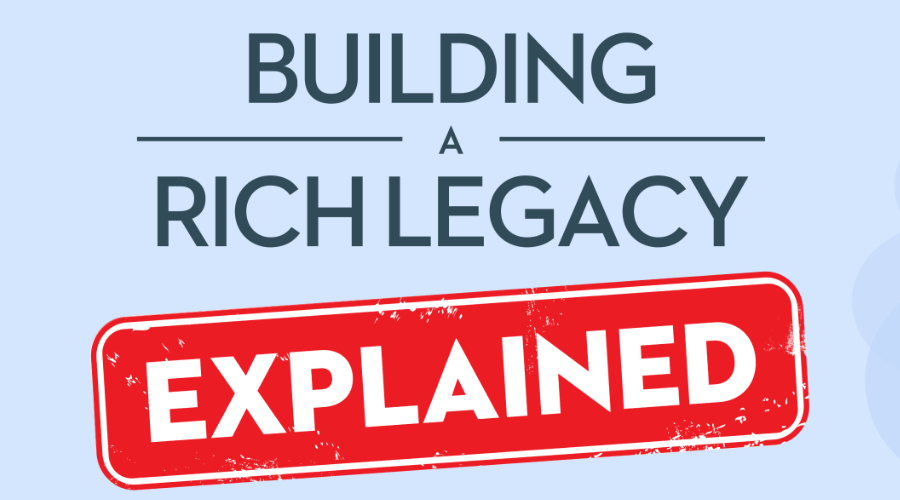GICs can provide a very safe and effective way of investing money that can also provide a regular income. Many retirees use GICs in Canada as a secure way to supplement their retirement income.
What is a GIC investment, exactly, and how does a GIC work? A GIC in Canada stands for a Guaranteed Investment Certificate. It is similar to a savings account in that you put money into the account and earn interest on it. However, a GIC in Canada is actually a loan that you make to a financial institution.
What is a GIC in Canada good for? In return for lending your money, you receive a (usually) guaranteed rate of interest. However, you have to leave your money in the account for a specific period of time (the term). For a GIC in Canada, this is typically between a year and five years, but you can take out a GIC for shorter or longer periods (as little as 30 days and as long as 10 years). In general, the longer the term, the higher the interest rate.
Some GICs in Canada pay out interest monthly, quarterly, annually or at maturity. What happens when a GIC matures? You can either roll it into another GIC, use the money for a different kind of investment or take the cash.
How does a GIC work in Canada if you withdraw your money early?
Many GICs charge a penalty and/or take back the interest earned. It makes sense to only invest in a GIC with money you won’t need for the whole period of the term, otherwise you could end up getting only your principal back. For example, you wouldn’t use a GIC to hold your emergency fund.
How does a GIC work when it comes to insurance?
GICs are popular because they are guaranteed, usually by the Canada Deposit Insurance Corporation (though insurers can vary depending on the financial institution and your province). Depending on where you live, savings between $100,000 and $250,000 would be covered, so you would keep your principal, even if the financial institution went under.
The different types of GICs in Canada
Now you know what is a GIC investment in Canada, it’s important to understand that there are a number of different GICs available. The one you pick will depend on your circumstances and what you want to achieve.
- Cashable/redeemable GICs: these are ideal if you think you may need access to your money before the end of the term. You can take out your money early, usually after a waiting period, with no penalty. The payback is that they typically offer lower interest rates.
- Non-redeemable GICs: these usually offer higher interest rates but will charge a penalty for early withdrawal.
- Market-linked or equity-linked GICs: these do not guarantee a rate, as the return you receive will depend on the performance of the stock market or a specific index. These can provide exposure to the higher potential returns of the markets without the risk of losing your principal. You may, however, make no interest at all if the market or index performs badly.

Is a GIC tax deductible in Canada?
This depends on the account that you hold it in. If you hold a GIC in an RRSP account, your GIC is tax deductible in Canada, plus any interest earned grows tax free. However, if you cash out the GIC in your RRSP account, you will pay tax on it.
Is a GIC tax deductible in Canada if it’s held in a tax-free savings account (TFSA)? No, but it does grow tax free and you won’t pay any tax when you withdraw it. You can also hold GICs in non-registered accounts, but you will have to pay tax on interest earned.
Advantages of GICs in Canada
- Your principal — and usually the interest — are guaranteed
- Interest is typically considerably higher than interest savings accounts
- Minimum investments can be as low as $500 and there are usually no charges to open one
Disadvantages of GICs in Canada
- Depending on the economy, interest rates can be quite low, so try not to lock in your money for too long when rates have dipped
- Your money can be locked in for years at a time
- You can pay a penalty or lose interest if you withdraw your money early
- If you lock your money in for a long term at a low rate, inflation may mean the value of your money decreases over time
DOWNLOAD OUR FREE RESOURCE
Must know facts about CHIP Income Advantage
Alternate ways to have regular retirement income
When rates are low, the income from your GIC could be too little for your retirement needs. Here are some alternative ways to boost your retirement income:
- Dividend-paying stocks: these are shares in companies that pay regular dividends (some of the company’s profits, paid out to shareholders). While many stocks pay out dividends quarterly, some pay them out monthly.
- Dividend-paying exchange-traded funds and mutual funds: each fund is a collection of dozens of companies that pay regular dividends. They’re less risky than investing in individual companies, but riskier than GICs.
- Real estate investment trusts (REITs): these are pooled funds that invest in a variety of commercial, retail and/or residential properties. Investors share the risks and receive dividends from rent, without having to become landlords. Many REITs pay out monthly.
- Income Advantage Reverse Mortgage from HomeEquity Bank: a reverse mortgage is a loan secured against your home, available to homeowners aged 55-plus. Key advantages of the CHIP Reverse Mortgage are that they’re fairly easy to qualify for (credit score and income are not always a consideration) and you only pay back what you owe when you decide to sell, move out or if both homeowners pass away. There are no regular mortgage payments to make.
Income Advantage provides monthly or quarterly advances that can boost your income and make a big difference to your retirement lifestyle. Call us at 1-866-522-2447 to find out how much you could borrow.






























